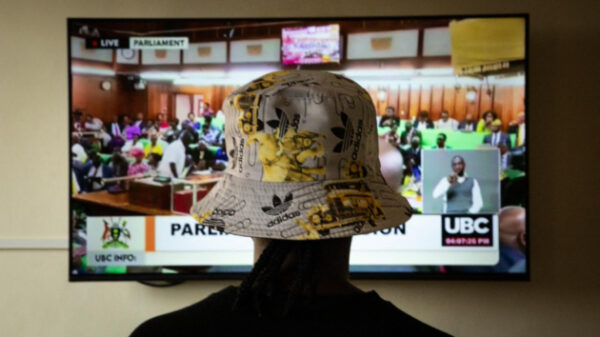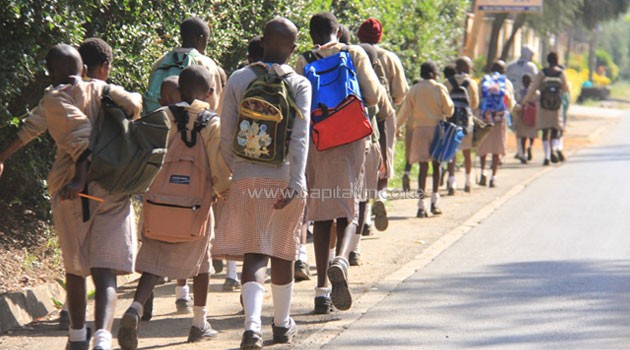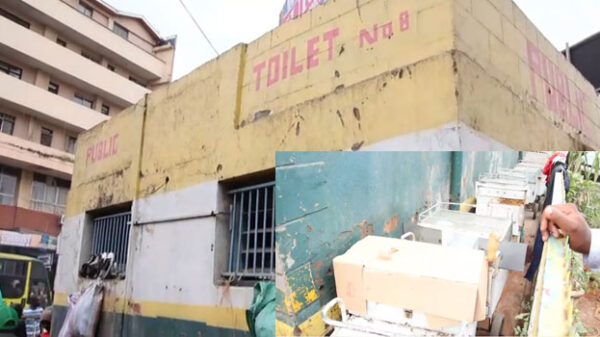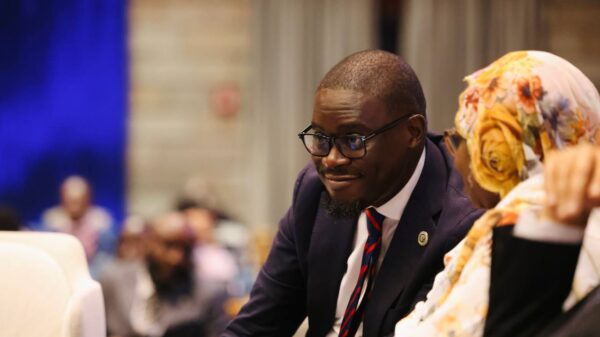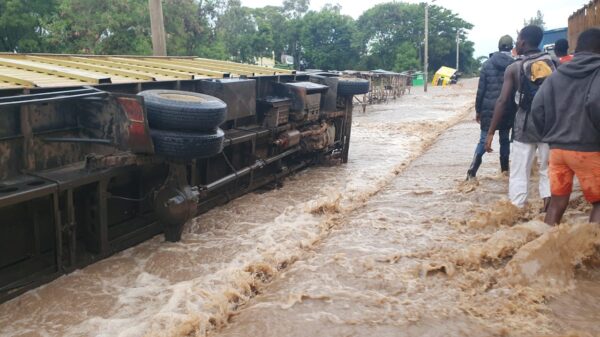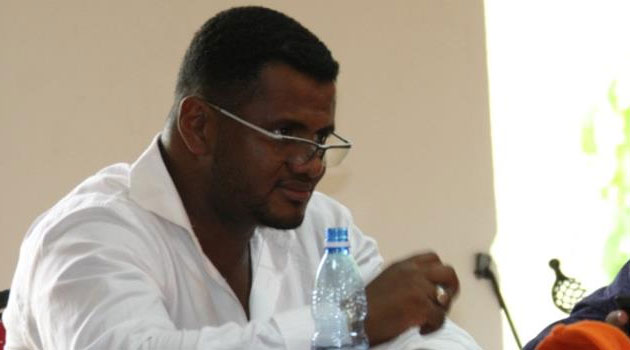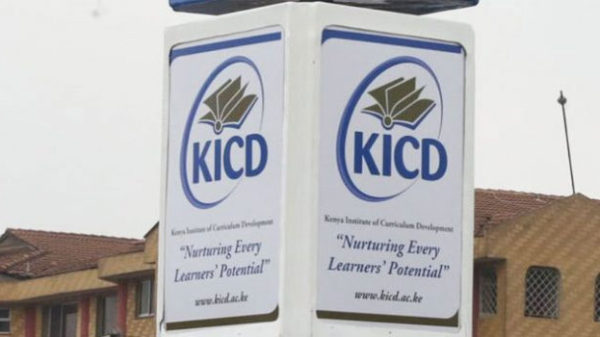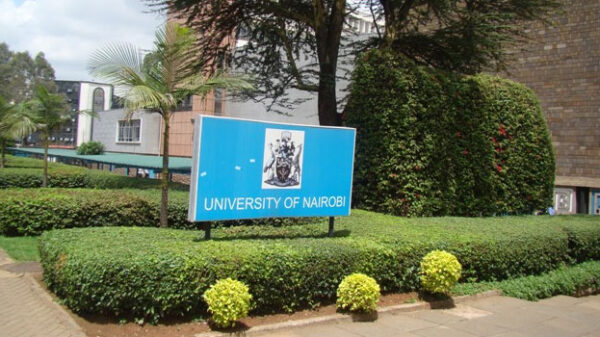NAIROBI, Kenya, Mar 24- Kenya has issued a 14-day ultimatum to the United Nations High Commissioner for Refugees (UNHCR) to provide a road map for the closure of Dadaab and Kakuma refugee camps.
Interior Cabinet Secretary Fred Matiangi said “there will be no room for further negotiations”, after the Tuesday meeting with UNCHR officials.
Diplomatic sources however, see the decision by Kenya as strongly linked to the strained diplomatic relatons with Somalia which filed a maritime dispute case at the International Court of Justice (ICJ) in The Hague but the Kenya has denied the claim.
“No, it has nothing to do with that case,” a high ranking government official said. Kenya pulled out of the ICJ case that kicked off on Monday last week saying it was not prepared.
Keny argues that the two camps are a security threat and strains the country’s resources.There are also claims they are a breeding ground for radicalisation.
For example, the 2013 Westgate Mall attack that claimed 67 lives, was said to have been planned in Dadaab refugee camp, according to investigators.
The two refugee camps are home to thousands of refugees from Somalia and other neighbouring countries- with a generation of young ones born and raised there.
While Kenya anchors her argument on the threat to national security, the move might attract condemnation from global players.
There have been similar efforts to close the two camps, that culminated to a voluntary repatriation programme in 2014, that saw a spontaneous return to Somalia.
Since 2014, Dadaab population has drastically reduced from a high of 466, 683 in 2011, when the civil war in Somalia had worsened.
In November 2013, a Tripartite Agreement had been signed by the Government of Kenya, the Federal Government of Somalia and UNHCR, to provide a framework for the voluntary return of Somali refugees from Kenya.
A pilot project was officially launched on December 8, 2014 with the six months of the pilot phase ending on June 30 2015, to support refugees opting to voluntarily return to Somalia.
During the pilot phase, 2,588 returnees were supported to return to three designated areas- Kismayu, Baidoa and Luuq.
At the end of the pilot phase, the Tripartite Commission endorsed a strategy and four-year operational plan to support refugees and to continue with voluntary return.
After the success of the pilot phase, 6 more return areas were included. They are Mogadishu, Beletweyne, Afgooye, Balad, Jowhar and Wanylaweyn.
Currently there are 12 designated areas of return that include Belet Hawa, Diinsor town and Afmadow.
Globally, UNHCR says there are more than two million Somalis are currently displaced by a conflict that has lasted over two decades.
There are 809,273 Somali refugees in the region, including more than 250,000 in Kenya (Dadaab, Kakuma and urban areas).
Of those in Kenya, some are third generation refugees.








